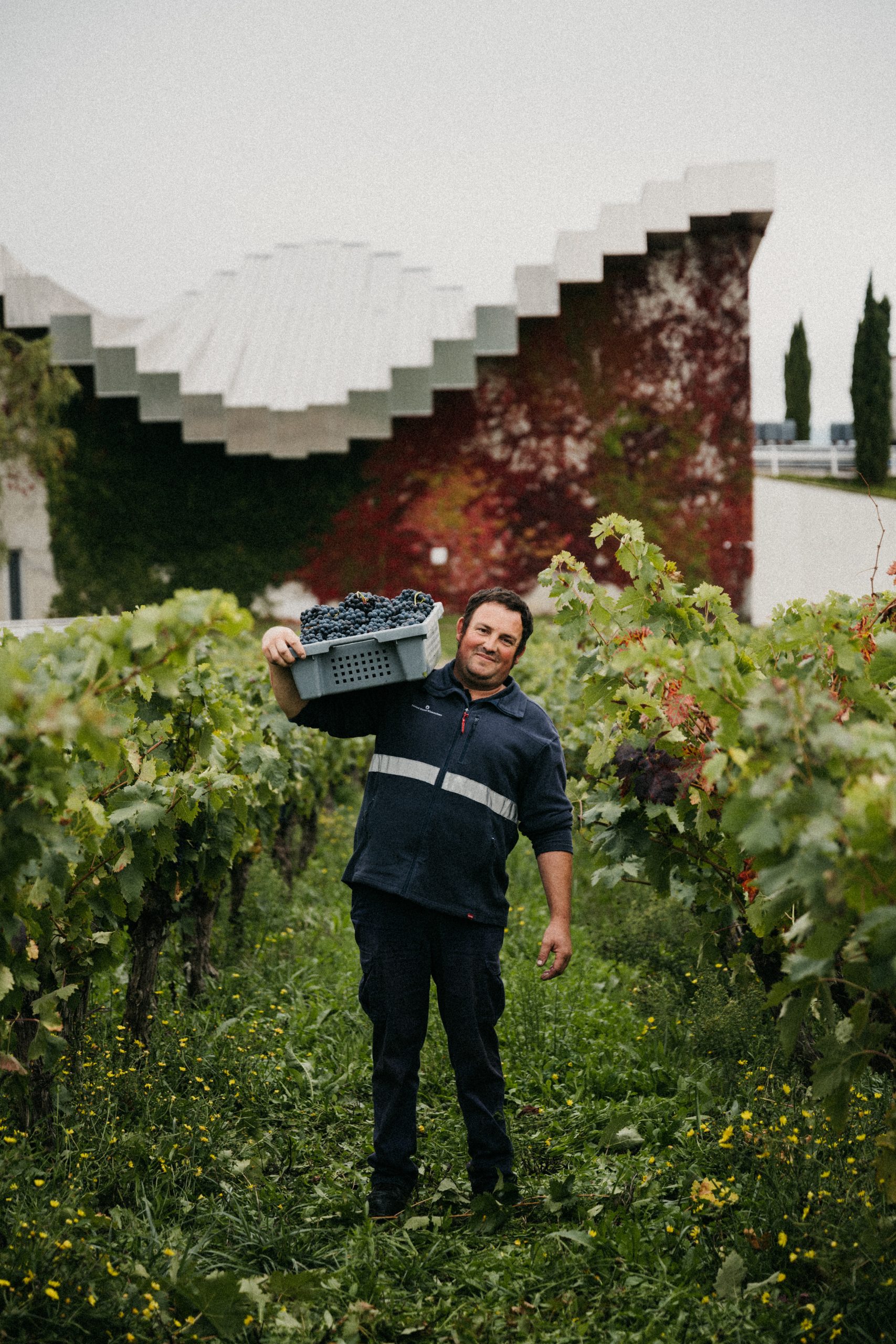Without snow this winter, Argentine wine production will suffer
Argentine wine production will drop unless there is a sizeable snowfall over the Andes this winter, according to leading winemaker, Daniel Pi, from Bodegas Trapiche.
Pi, who makes make for the group across Argentina, said that he was “very worried” about water supply for irrigating his vineyards in the next growing season, because there has not been enough winter snowfall, which feeds the rivers throughout the summer, providing a reliable source of water for the vines in this dry country.
“Global warming is affecting South America because we are not having snowfall in the winter, which means that there is less water coming from melting from the snow, and the glaciers are reducing, because they are not being fed by the snow,” he began, during a discussion about challenges for the year head at a meeting with db at Vinexpo Paris in February.
Continuing, he said, “In 2019, the average volume of water which is running in the rivers is about 40% less than what we had last year, and this is coming on top of five years of water of restrictions, because there has been a continuous drop in amount of water coming from the mountains.”
His fear is that without enough water, he won’t be able to give his vines sufficient levels of irrigation, which will cause the grapes to shrivel, and yields to fall, or, he may have to sacrifice a harvest on some plots to produce healthy grapes at others.
“If there is not more snowfall in this winter, then next year we will have problems with production because there is less water and yields will come down,” he added.
One longer term solution to the problem of falling precipitation over the Andes has been to move wine production from Mendoza and other continental areas in the foothills of the Andes towards the Atlantic coast, where rainfall levels are higher.
Pi explained, “It’s because of water restrictions that we started going to the coast near Buenos Aires, because there is 800mm of rainfall annually, so we can dry farm and it is classified as Region 1 in Winkler – so it is a cooler climate and there is enough water.”
Having started with a 15-hectare plantation in an area called Chapadmalal in Argentina’s south Atlantic coast in 2009, Trapiche released its first wines from the region in 2014 under the Costa & Pampa brand (meaning “coast and grass”), comprising a Pinot Noir and Sauvignon Blanc.
Today the vineyard area owned by Trapiche in Chapadmalal is double that figure, with the producer gradually adding more varieties, including Greek grape Assyrtiko, which, as db reported last month, was planted towards the end of last year – a first for Argentina.
Unusually, however, Pi told db that he was able to produce high quality grapes from a vineyard high up in Mendoza’s prized, if very dry, Uco Valley without any irrigation whatsoever.
A plot called Finca las Piedras containing Chardonnay, Malbec, Syrah and Viognier is completely dry farmed, making it the only vineyard in the Uco Valley to produce grapes without any irrigation, according to Pi.
Such a beneficial aspect to the site was discovered by accident, he recalls. “After we planed the vineyard in 2008 we noticed after a few years that we couldn’t control the vigour, so we help back irrigating until we only did one irrigation, and the vines kept growing, so then we decided to stop altogether.”
Partner Content
Continuing he told db, “That was in 2015, and we have a very nice balance in 16 and 17, so we decided to create a range [of dry farmed wines from Finca las Piedras] from the 2017 vintage.”
Today, he bottles a Chardonnay and a Malbec under the brand Finca las Piedras.
But how has it been possible to produce grapes from a region where the annual rainfall is less than 300mm?
Pi says there are a number of factors to this site that make it remarkable. One of these is the setting of the vineyards high up in the Andes, in an area where rainfall can be double the annual average, meaning it can reach 450-600mm depending on the year.
But it is mainly because the vineyard is between two streams, ensuring there is soil moisture deep in the ground, which the vines have managed to exploit.
“We dug a 3m deep soil pit and we found vine roots had explored to that depth, and had found a way to get water,” he said.
While the Uco Valley is famous for its concentrated, perfumed Malbec-based red wines, Pi is particularly enamoured with the Chardonnay from the unique Finca las Piedras vineyard, which he ferments in a mixture of concrete eggs, wooden foudres, and barriques.
“We can get higher quality whites in a country only know for reds,” he said.
Read more




